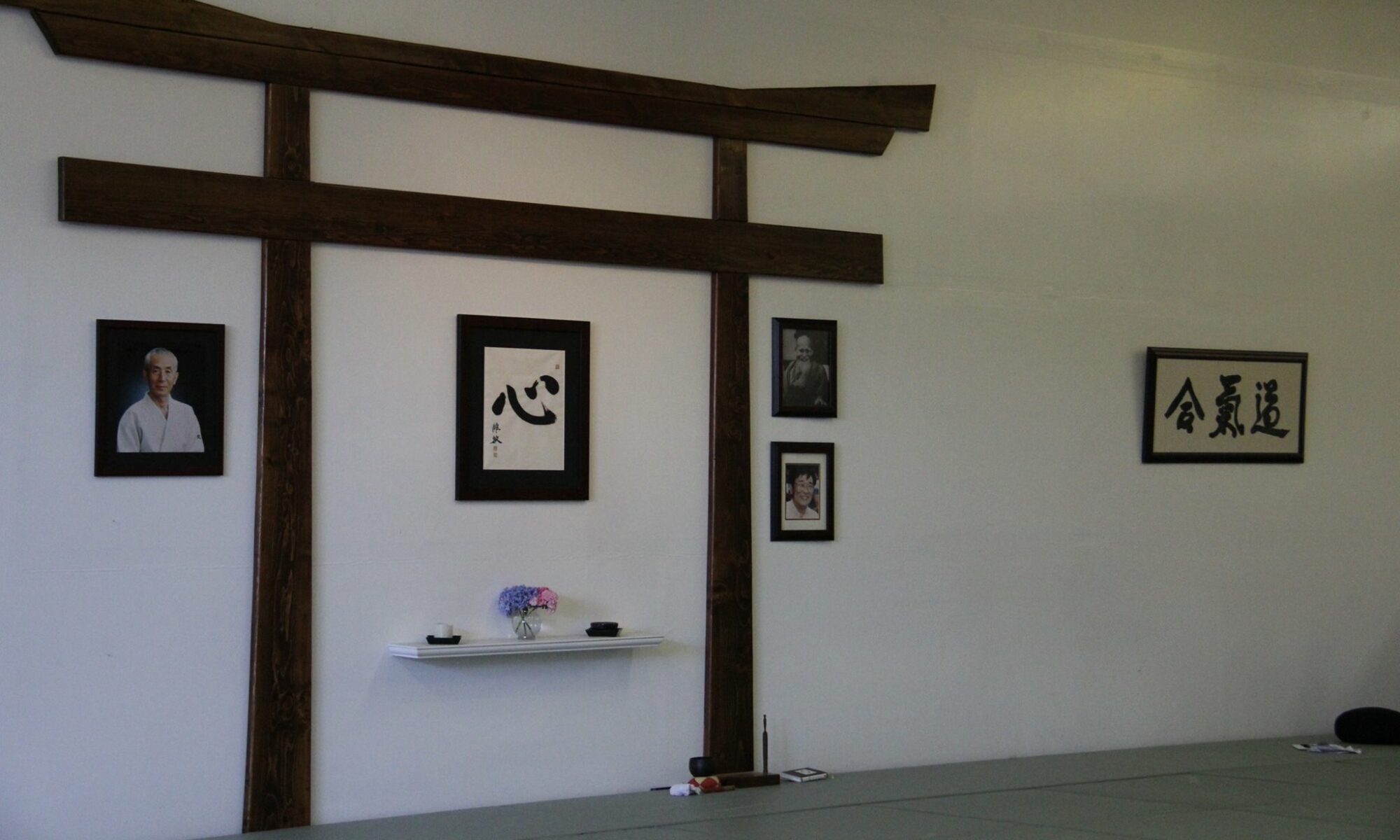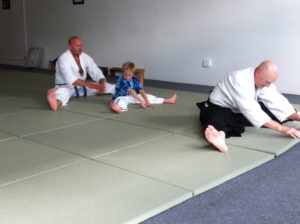This month many of us will have opportunities to participate in demonstrations. The Fall Arts Walk occurs on October 5th and our dojo will hold promotional demonstrations on October 12th. Because of this, I want to share a couple of thoughts about what makes a good demonstration.
First, those demonstrating their practice have to have a clear sense of what they’re demonstrating. This may sound funny but there are different aspects of our practice that can be highlighted in a demonstration. Technique, centeredness, calmness under pressure, moving in harmony with a partner, moving in harmony with a group of partners, reflecting the rhythm of the universe while moving in harmony with a bunch of partners. Ok, the last one’s a little aspirational but you should have the idea.
Second, demonstrations typically elevate the connection between uke and nage. Similar to dancing, when people watch aikido it becomes obvious how well the two (maybe more) partners are connected with one another.
Third, we can see a broader awareness of the space and timing. Working through demonstrations, it’s important to have awareness of the space, the people in the space, the area around the space, and the timing of the techniques and falls that you’re presenting. A big part of a demonstration is to let the people watching see what you’re doing. Big throws are exciting and engaging; complex joint locks are hard to see from across the room.
Finally… Joy! Everyone wants to see you having a good time.
By Nate Weed



